Review for The Fall of Ako Castle
Introduction
Following 2013’s 47 Ronin starring Keanu Reeves, you might be forgiven for ignoring anything with that title, or retelling that story. Certainly, I had no intention of ever going near a similar property, but then The Fall of Ako Castle fell into my reviewer in-tray. Compelled to read up around it, I discovered, and despite the Keanu version, that it’s all based on actual history. The 47 Ronin incident actually occurred, symptomatic of a unified Japan moving away from the Warring States period, and having to find out what to do with a warrior class that was now more liability than asset. This event actually occurred at the advent of the eighteenth century, and through subsequent storytelling took on legendary status. It’s been retold as plays, and on television and in cinema on multiple occasions. In 1978, Battle Royale director Kinji Fukasaku made The Fall of Ako Castle, a version of the story starring Sonny Chiba and Toshiro Mifune.
Lord Asano rules a small fief from Ako Castle, but under the fifth Tokugawa Shogun, small houses are vulnerable, and samurai are being deprived of their masters. The politics of this are subtle, as Asano learns to his downfall in the Imperial court. Given a small responsibility, he’s belittled and derided by Lord Kira, to the point that he’s driven to draw his sword; a heinous crime in the Shogun’s court. He’s ordered to commit seppuku, his family stripped of their holdings including Ako Castle, and his retainers discharged to become ronin, samurai without masters.
For the former chief retainer, Kuranosuke Oishi, the insult is untenable, but he realises that he’s expected to react. If he is to impart justice to Lord Kira, he’ll have to play the long game. But some of his fellow ronin aren’t prepared to wait.
The Disc
The Fall of Ako Castle gets a 2.35:1 widescreen 1080p transfer with a PCM 2.0 Mono Japanese audio track with optional translated English subtitles. The image is clear and sharp enough, with rich and consistent colours. The print isn’t pristine though; there is still the odd minor fleck here and there and I did notice one frame jump when Lady Asano had her hair cut off. But the sets and costumes are impressive, and really come up a treat, with Fukasaku’s framing and composition served well by the quality of the transfer. The audio too is clear, aside from a rare pop here or there. I was surprised at a bit of funk in the film’s music, given the genre. The subtitles are timed accurately and are free of typos.
Extras
The disc boots to a static menu page where you can access the audio options and the following extras.
Audio Commentary with Tom Mes
Tony Rayns on the Fall of Ako Castle (41:13)
King of My Castle by Jasper Sharp (13:20)
The first run release of the film (2000 copies) will come with special packaging and a 24-page booklet with a Kinji Fukasaku filmography from Jasper Sharp, and an essay on the film from Jonathan Clements.
Conclusion
The Fall of Ako Castle is certainly a lot more realistic than the Hollywood take on the story, but ever since I saw Braveheart, I’ve learned to take historical retellings with a pinch of salt. These stories are made to entertain foremost, and be reflections of current society, rather than be verbatim retellings of actual history. The tale of the 47 Ronin has become legend in Japan, the participants lionised, the shrine where they are buried a place of pilgrimage.
So you’re not going to get a lot in the way of nuance in The Fall of Ako Castle. Despite the politics of the era, this is a rather straightforward tale of right and wrong, heroes and villains, and what nuance there is, is on the personal level. Oishi’s plan is to wait out their foes. For the authorities, they would quite rightly expect the samurai of a fallen lord to seek prompt vengeance, and prepare accordingly. Oishi wrong-foots them by effectively retiring along with his cohorts to a life of decadence and debauchery. Of course there are those who take to the decadence a little too much, but once enough time has passed, and the authorities have lost interest, there are 47 of them prepared to take up arms, and deal with Lord Kira.
I found the story and the characters a bit too dry for my liking, but the look of the film, the staging and the sheer visual impact really does impress. Despite the somewhat anachronistic music soundtrack, the film really does establish the feel of an era. It’s worth watching though, if like me you’re inspired to click on Wikipedia or even better pick up a book and learn more about the real life 47 Ronin. Eureka Entertainment present the film to their usual high standards, with a small but very useful package of extra features.
The Fall of Ako Castle is available directly from Eureka Entertainment, from Terracotta, and from mainstream retailers.
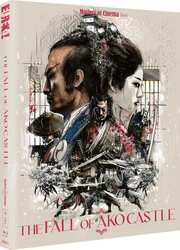





























































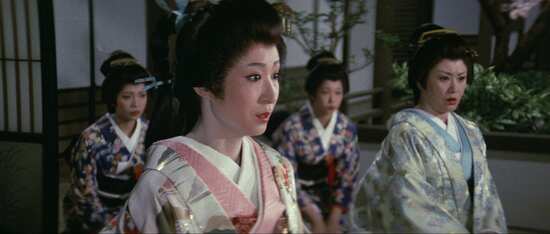
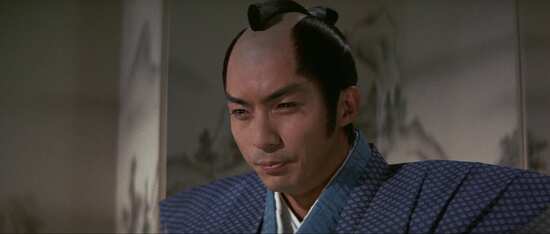
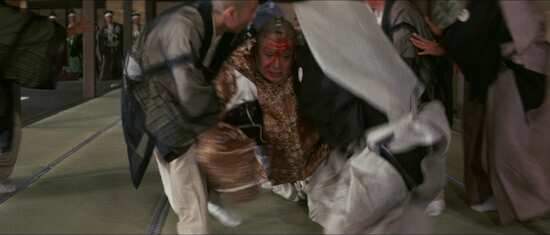
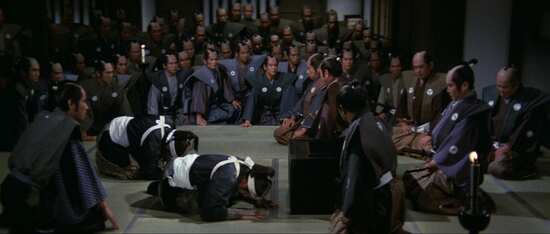
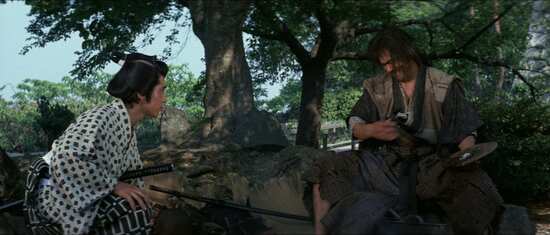
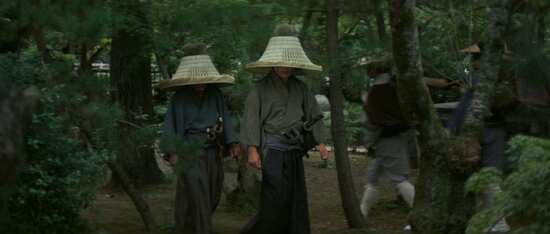
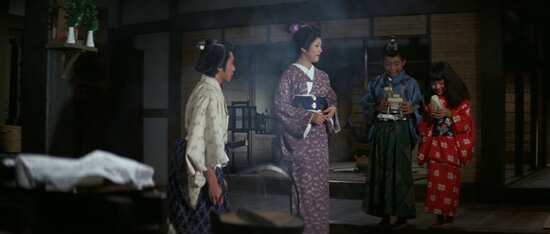
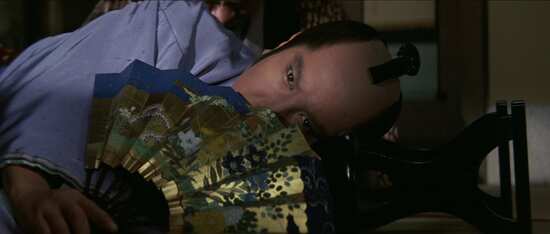
Your Opinions and Comments
Be the first to post a comment!